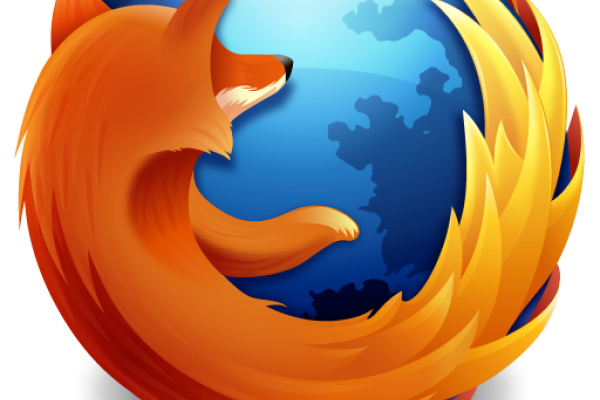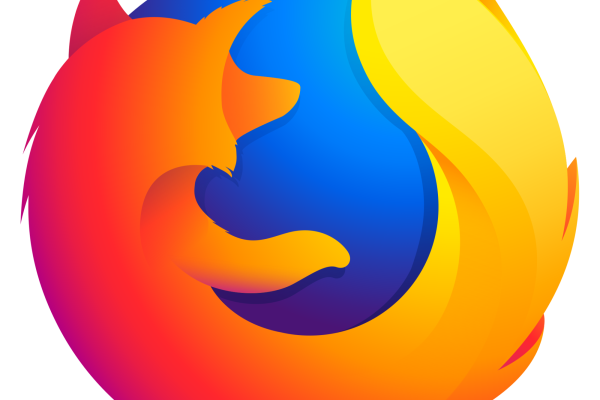In 1994 emerged one of the first internet browsers – Netscape – the predecessor of the Mozilla Firefox company. Unfortunately, Netscape ended up in an unfavourable position because their competitors – Internet Explorer – were a part of all Widows products. As a response, the company made their browser with open source.
Here is where the interesting part of the history of Mozilla’s logo begins – after the fall of Netscape, it depicted a phoenix that rises from the flames. After the company decided to change their name, the designers chose for its symbol one less-known animal, the red panda, who is an endangered species in Asia. Yet, in everyone’s eyes, the logo represented a fox. The designers from the online software FreeLogoDesign explain that it’s a result of a mistake in the translation from Chinese to English.
It's curious why did the professionals chose exactly this logo as an example among the billions of others present on the internet? What makes it distinctive? A few things, according to them. Like the choice of colours: not a lot of brands use the combination of orange and blue. When you add the current crimson globe, you get the perfect modern technological logo.
Today, 20 years later, it is very similar to its initial vision and maintains the identity of the brand. It keeps up with the redesign trends in the last decade, it gradually becomes simpler – the details of the red panda and the blue planet have disappeared, and the look become more minimalist. Nobody can predict exactly what would happen with a company in 10 years: would it deteriorate or prosper, or would it simply disappear? Nevertheless, adaptability to the environment is an unquestionable success factor. The same is valid for the logo as its image.





